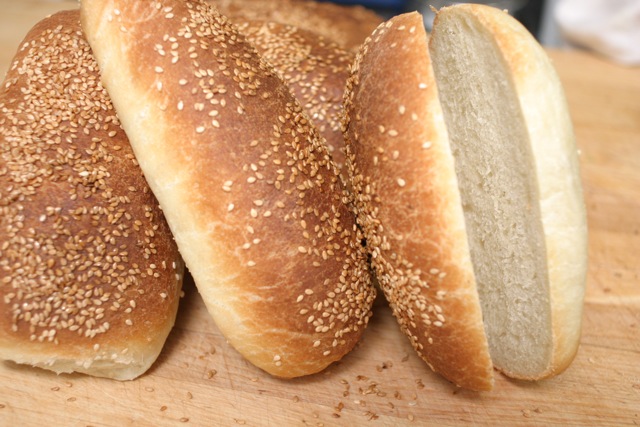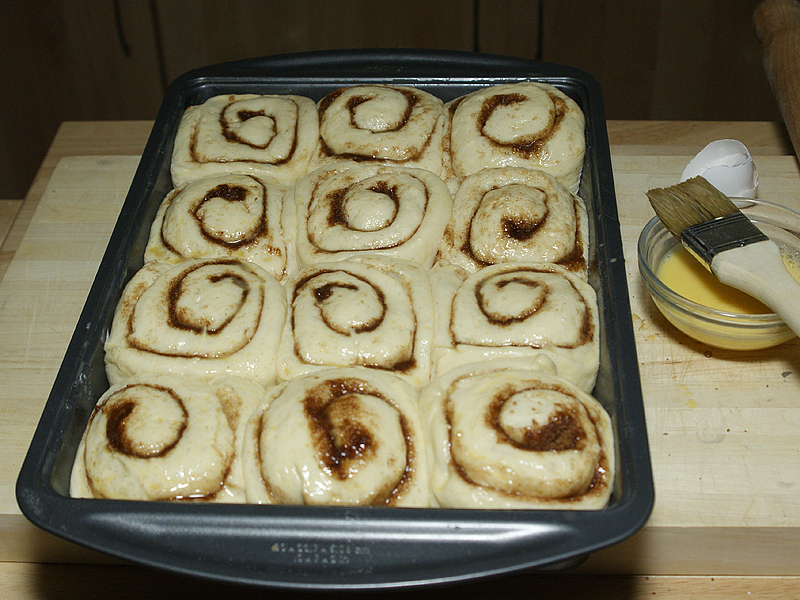Today's breads - 6/21/09: Italian SD Rolls & Cinnamon-Raisin-Walnut Bread from BBA
The rolls I made with the Sourdough Italian Bread dough were so good, I made a bigger batch today. I thought about making them larger than last time, but my wife said she wanted hers smaller. So, I made half of them 4 oz and half 3 oz. I guess you could call them "His and Hers Sourdough Italian Rolls."
- Log in or register to post comments
- 14 comments
- View post
- dmsnyder's Blog





